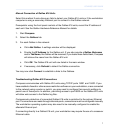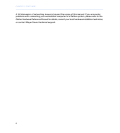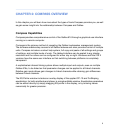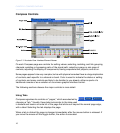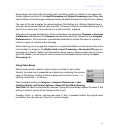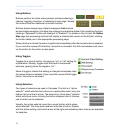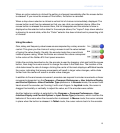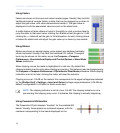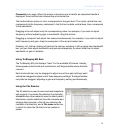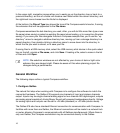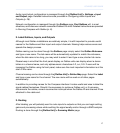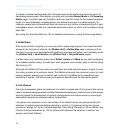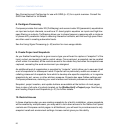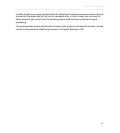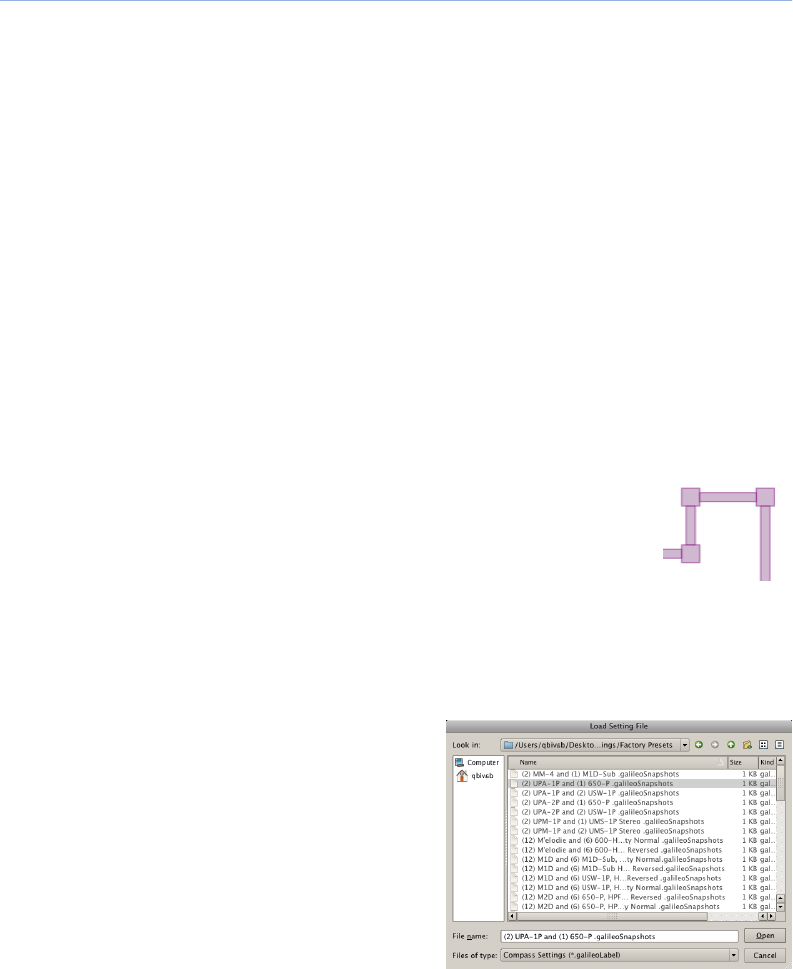
Parametric sub-page. When the mouse is hovered over a handle, an expanded handle is
displayed: three vertical bars intersecting a horizontal bar.
The horizontal bar, amber in color, corresponds to the gain level. The center vertical bar, red,
corresponds to the frequency centerpoint. And the two outside vertical bars, blue, correspond
to the bandwidth.
Dragging a bar will adjust only the corresponding value: for example, if you wish to adjust
frequency without adjusting gain or bandwidth, drag the red bar.
Dragging a crosspoint will adjust two values simultaneously: for example, if you wish to adjust
both frequency and gain, drag the crosspoint of the red and amber bars.
Pressing ‹Alt› before clicking will remove the red bar, replacing it with a single blue bandwidth
bar; you can then adjust bandwidth and gain simultaneously, or select either bar to adjust
bandwidth or gain in isolation.
Using TruShaping EQ Bars
The TruShaping EQ plot displays “bars” for the available EQ bands. Visually,
these appear as horizontal and vertical bars, with large handles where the bars
connect.
Each horizontal bar may be dragged to adjust one of four gain settings; each
vertical bar dragged to adjust one of three frequency settings. The large handles
may also be dragged, adjusting a gain and frequency setting simultaneously.
Using the File Selector
The file selector is used to save and load snapshots
and projects. It provides file selection functionality:
a Look In drop-down selector used to select parent
directories; a quick-selection box with computer and
storage device names; a file list box showing the
contents of a directory; and a File name value box
in which to name the file that is to be loaded or
saved.
15
COMPASS USER GUIDE



